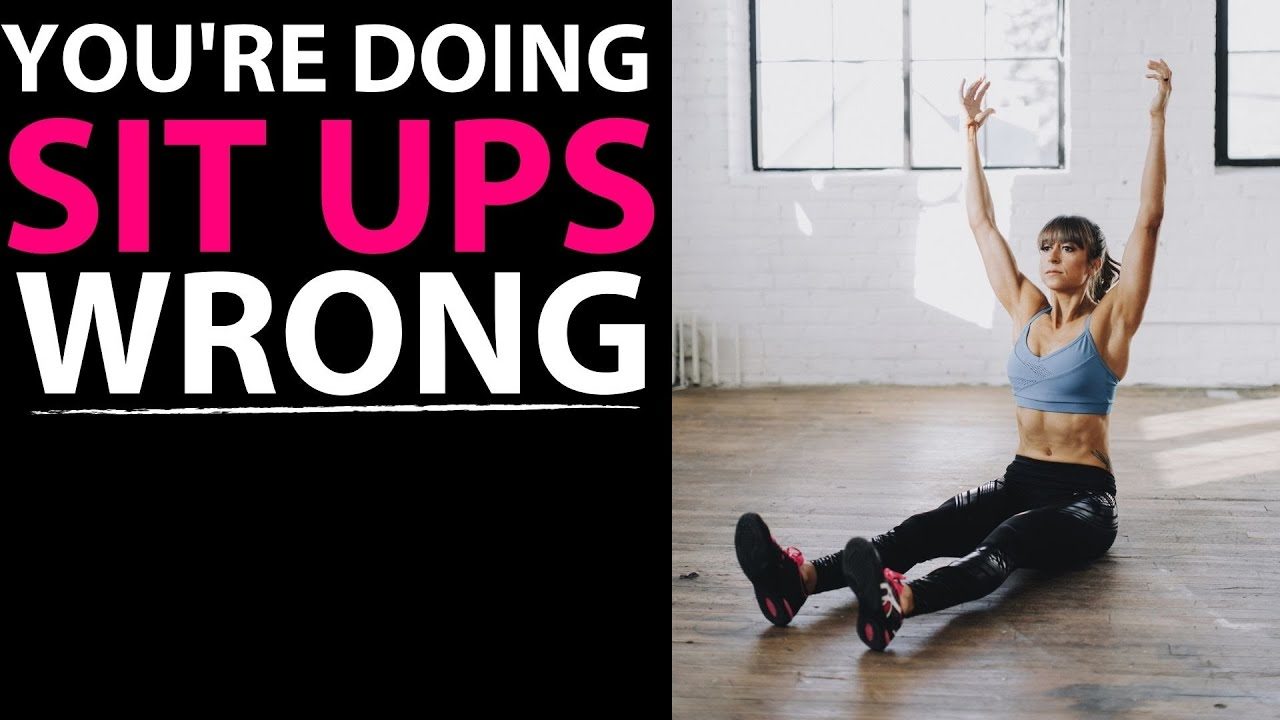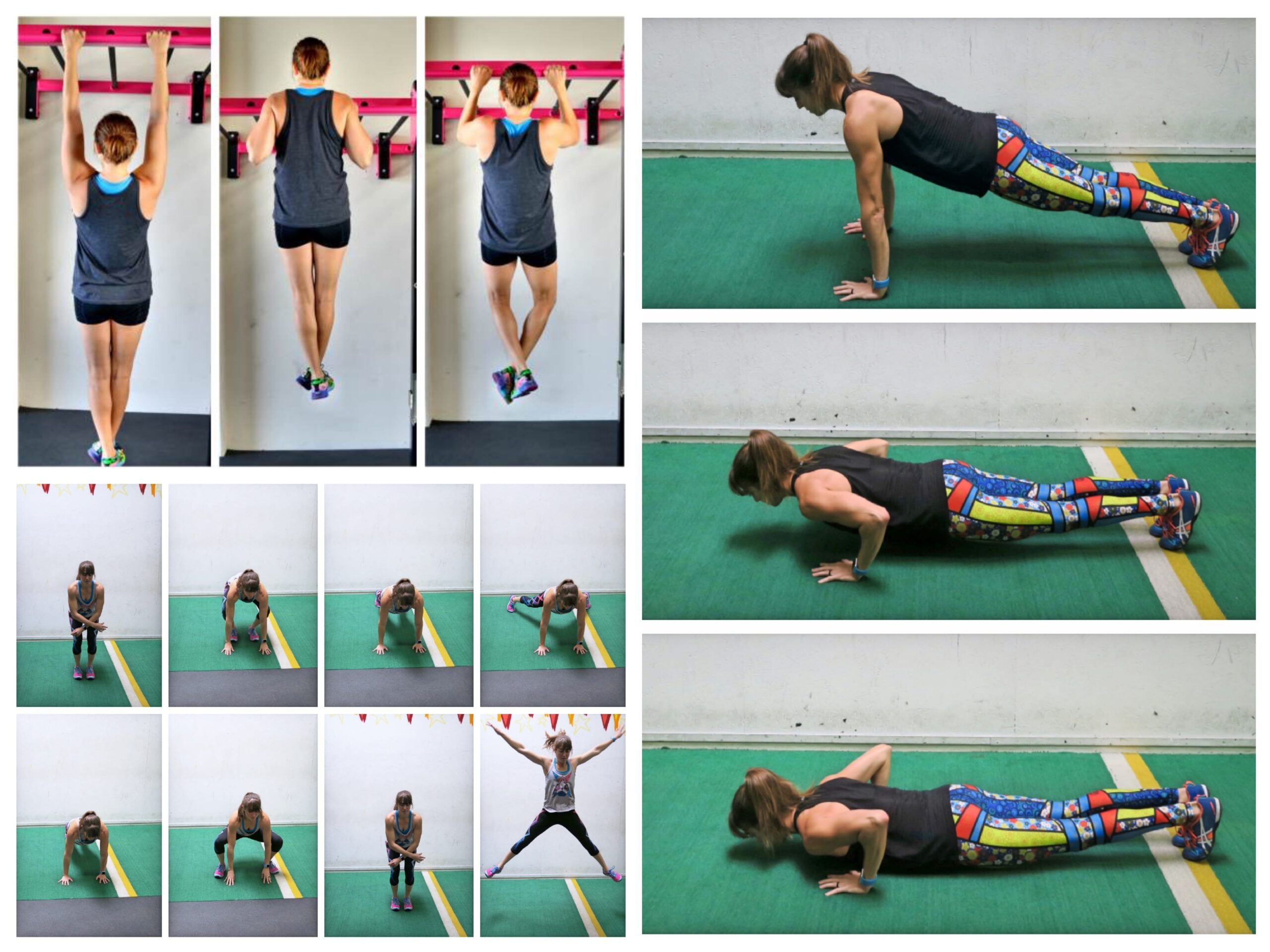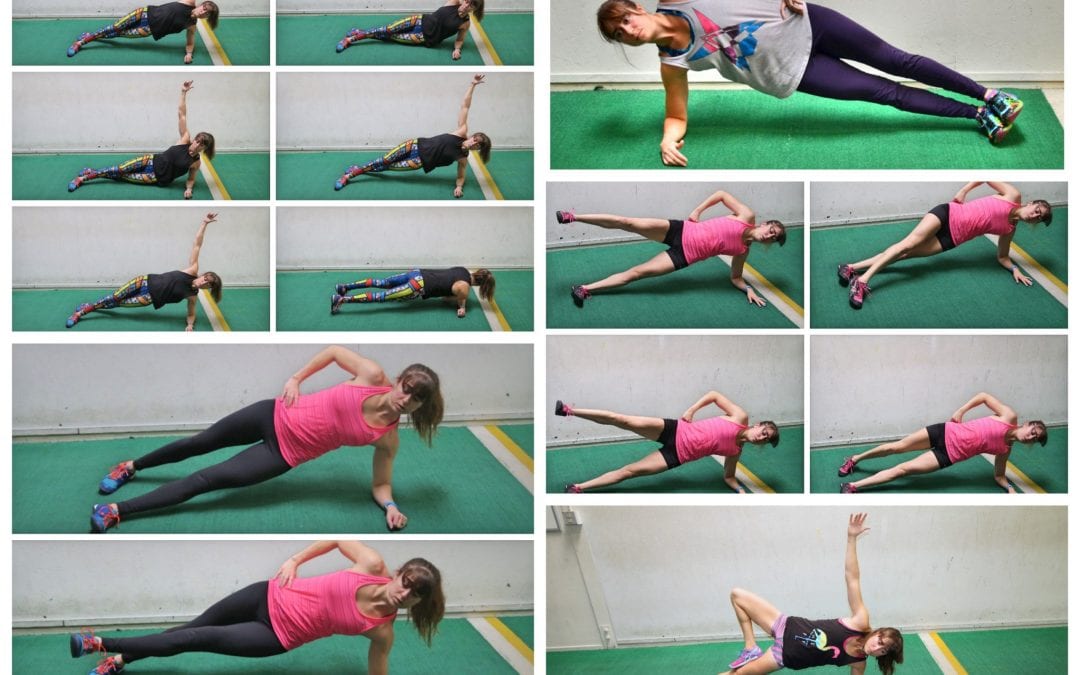
by Cori Lefkowith | Jul 1, 2021 | Blog, Core, Exercises, Pain Relief
Sit ups get a bad rap because of the spinal flexion involved in the movement. But guess what? Our abs are worked by spinal flexion. Yes they work to stabilize and prevent extension and brace to protect our spine, which is why planks are key too, but they do power...

by Cori Lefkowith | May 30, 2021 | Blog, Bodyweight, Core, Exercises, Pain Relief
Constantly feel your lower back or hip flexors during ab moves like leg lowers? Do you just push through figuring your lower back is weak? STOP! Not only is this NOT helping you get the desired ab strengthening results you’re trying to work toward but it may also...

by Cori Lefkowith | Sep 19, 2018 | Blog, Bodyweight, Core, Exercises
There are some moves we really feel working our abs and core when we do them. But there are others we don’t realize worked certain muscles until we are sore the next day! These 3 compound exercises are a great way to strength multiple large muscles at once while...

by Cori Lefkowith | Jan 25, 2018 | Blog, Bodyweight, Core, Exercises
The Side Plank…we love to hate it, but it is a must-do move if you want to build core stability and strength. It’s a unilateral move that can correct imbalances and really works the abs, obliques, glutes, lats, and shoulders. However, it is a tough move that many of...

by Cori Lefkowith | Dec 21, 2017 | Blog, Bodyweight, Core, Exercises
Focused core work is important if we want to build a strong, lean core that not only looks amazing but also helps us run faster, lift more and prevent aches, pains and injuries! We need moves that really activate and work our abs and glutes while strengthening...






